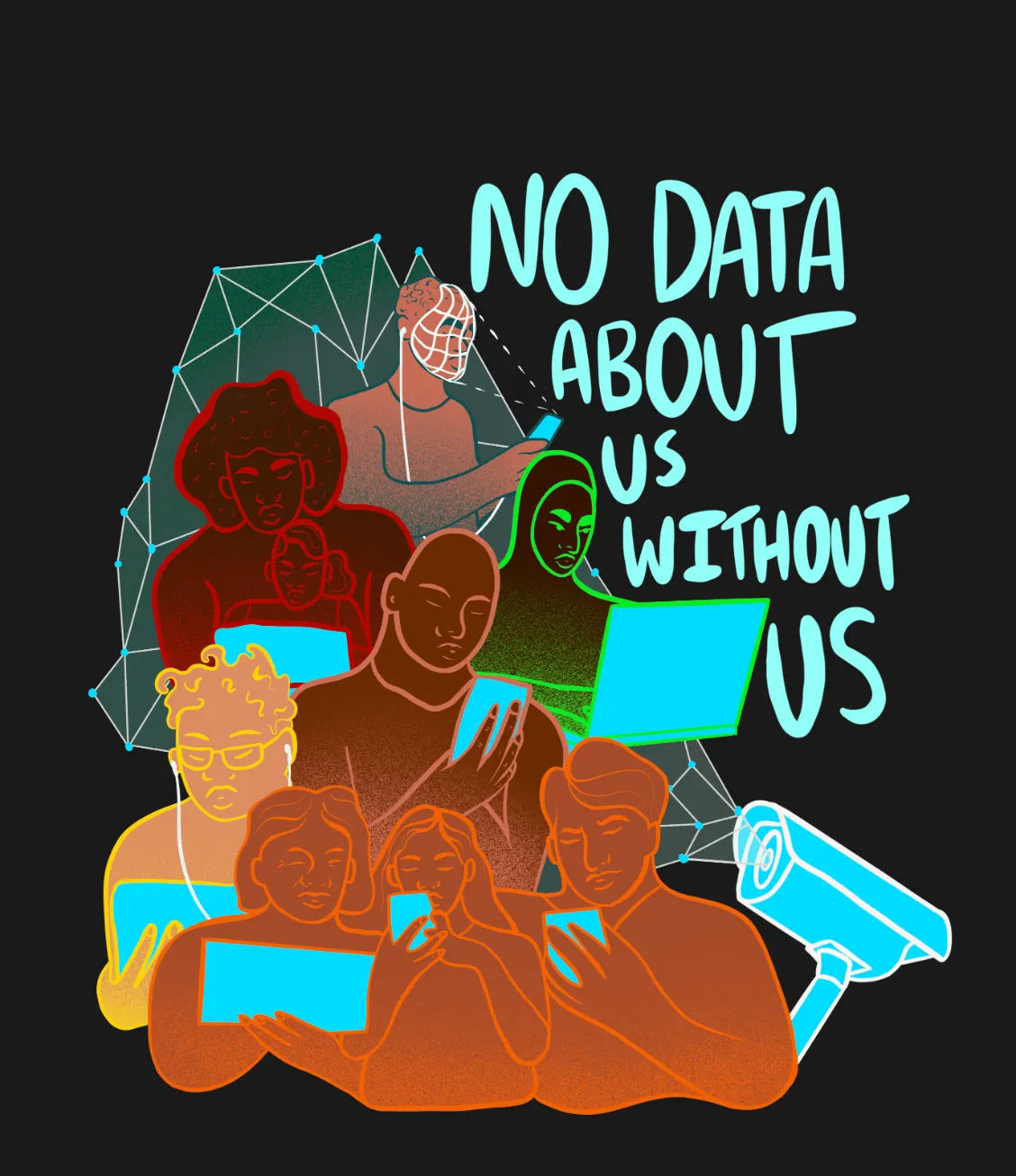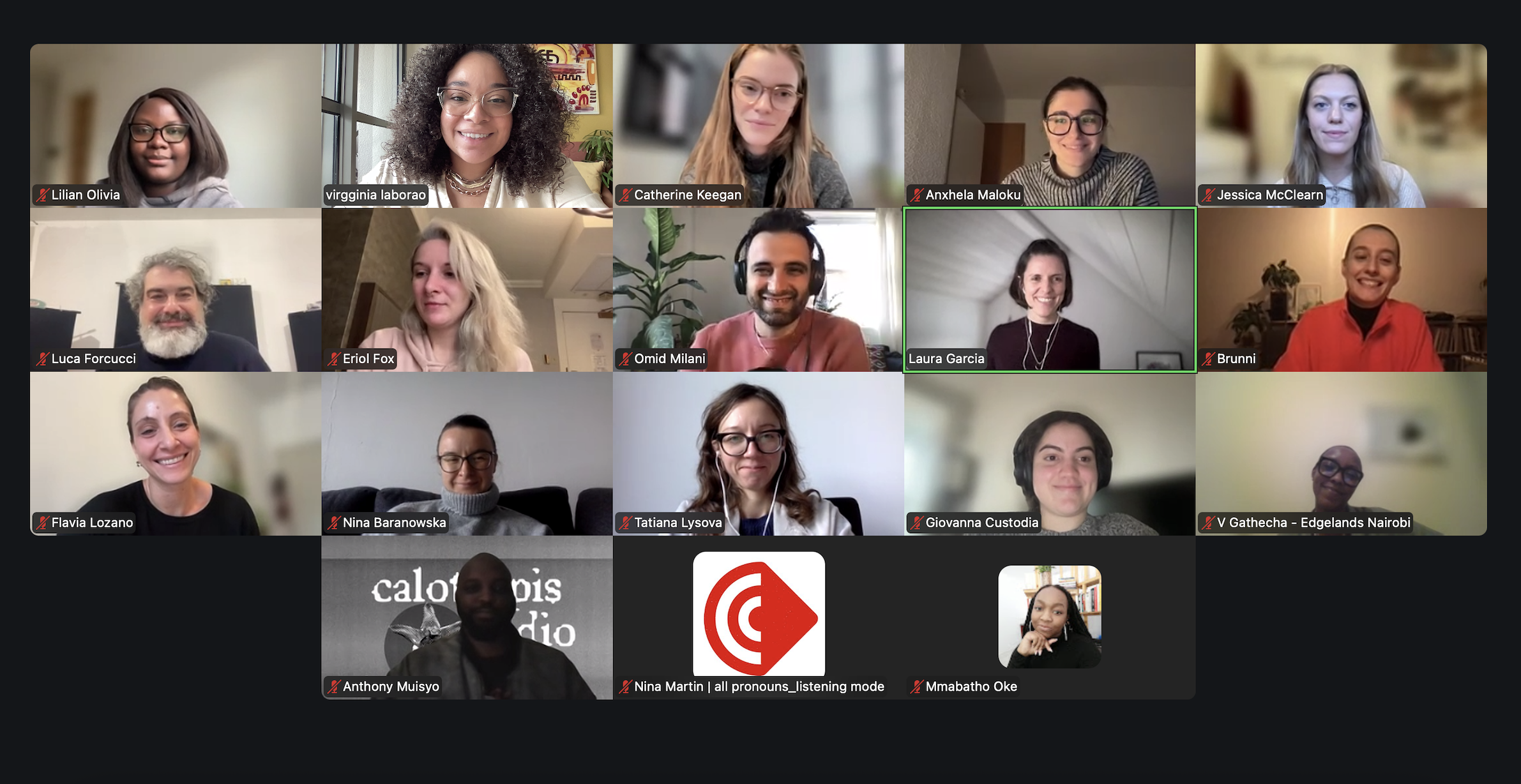Navigating surveillance transparency: the importance of principles - 3rd Intercity Dialogue
On June 19th, our third Intercity Digital Pop-Up dialogue brought together citizens from Medellín, Geneva, Nairobi, and Houston, who engaged in a conversation about transparency and security.

Image: Laura Garcia
Transparency, when it comes to surveillance, is a matter of degree. In trying to define clear limits between the government's reliance on technology for urban security and the transparency on information about these practices, we quickly understand that these lines are actually gray areas. How can we set up a conversation about such a broad topic, considering city-specific contexts, to develop practical regulations? We suggest starting with principles.
On June 19th, our third Intercity Digital Pop-Up dialogue brought together citizens from Medellín, Geneva, Nairobi, and Houston, who engaged in a conversation about transparency and security with the cities’ curators—Bernard Rappaz, Juan S. Aristizábal, George Mwangala, and Chelsea Barabas— Edgelands founders Yves Daccord and Beatriz Botero, and the host Laura Garcia.
The discussion aimed to explore what governments need to do to meet public expectations for transparency in using digital technology for security and to gather insights on how the urban social contract is being negotiated. The diverse backgrounds of the participants, which included a retired news media professional, an AI engineer, a UX designer, a psychology student, high school students, and lawyers, confirmed the importance of taking this issue beyond research institutes and academia into broader community spaces.
Understanding Surveillance Transparency in Cities
Having set the definition of transparency in the context of surveillance as “the openness and accessibility of government information and decision-making processes related to the use of digital technologies for security purposes”, we understood it as a means of fostering trust, accountability and an informed public - all essential components of a democratic debate.
When trying to define the boundaries of what should be open and accessible in the face of increasing digitisation, though, participants highlighted the importance of considering the difference between proactive and reactive communication and what this means for government transparency.
A participant from Medellín pointed out that in an interdisciplinary conversation, the term 'transparency' could be problematic, as a possible interpretation in the context of technology design is different from the working definition we had agreed on. For example, in software development, transparency sometimes refers to keeping the user unaware of the complex processes going on behind the scenes for the sake of simplicity. In other words, when thinking about technology design, some opaqueness is necessary - the question is what should be transparent, when, and why.
It was noted that in Houston there is an increasing use of technology in high schools, but it is difficult to find information about what kind of technology is being used and who has access to it. In addition, one high school student pointed out that there is a lack of consent forms for students and parents about what data is being collected and how it is being used, underscoring the problem of undisclosed information in a context where schools are considered critical infrastructure. Medellín and Geneva citizens expressed a desire to know what technologies are being used for surveillance and how that data is being put to work. This concern echoed discussions in Nairobi, where participants highlighted the city’s adoption of CCTV policies without adequate legal frameworks or citizen participation.
The Role of Principles in Surveillance Transparency
Despite the different contexts, there is a shared understanding that transparency is a global issue and that principles can be a more straightforward way to define the important aspects of a discussion on transparency.
Unlike guidelines, which can be overly specific and bureaucratic, principles are adaptable and resonate across diverse communities. These ideas can empower communities to ask critical questions and engage in meaningful dialogue about surveillance practices, allowing citizens to shape the conversation and hold authorities accountable. Therefore, reflecting on principles before guidelines might be more productive, as principles can foster discussion to produce consensus globally while still challenging communities locally to create a movement toward accountable security.
Participants of the Third Intercity Digital Dialogue proposed that transparency can be defined around five main principles:
- no harm,
- accountability,
- privacy/anonymity,
- clarity,
- and respect.
Public Participation and Government Responsibilities
As much as public participation can enhance the safety and fairness of surveillance practices, it should be facilitated in a way that does not place undue responsibilities on citizens. To meet public expectations for transparency, governments should clearly communicate what data is being used and how it is applied in security measures, and ensure that this information is readily accessible without requiring individuals to ask for it. Lack of proactive communication undermines transparency and trust in public institutions. Geneva participants reinforced that while citizens should have opportunities to engage in decision-making, as was the case for the vote for Digital Integrity in June 2023, it is ultimately the government’s responsibility to ensure that guidelines are established and followed.
The Path Forward
We must strive to balance surveillance with privacy rights, given that some level of surveillance is necessary for the current social contract. Principles like no harm, accountability, privacy/anonymity, clarity, and respect can guide this balance, ensuring that surveillance practices are just and equitable. They can also offer a flexible framework while allowing for a bottom-up approach that can adapt to different environments and empower communities to hold governments and corporations accountable. By focusing on principles and fostering proactive communication, we can navigate the gray areas of surveillance transparency and work towards a more equitable and trustworthy system.
Stay tuned for our next Intercity Digital Pop-Up Conversation on Urban Social Contract and Security, where we will discuss the responsibilities that different stakeholders (e.g. individuals, governments, schools, corporations) should have as we renegotiate the urban social contract.



